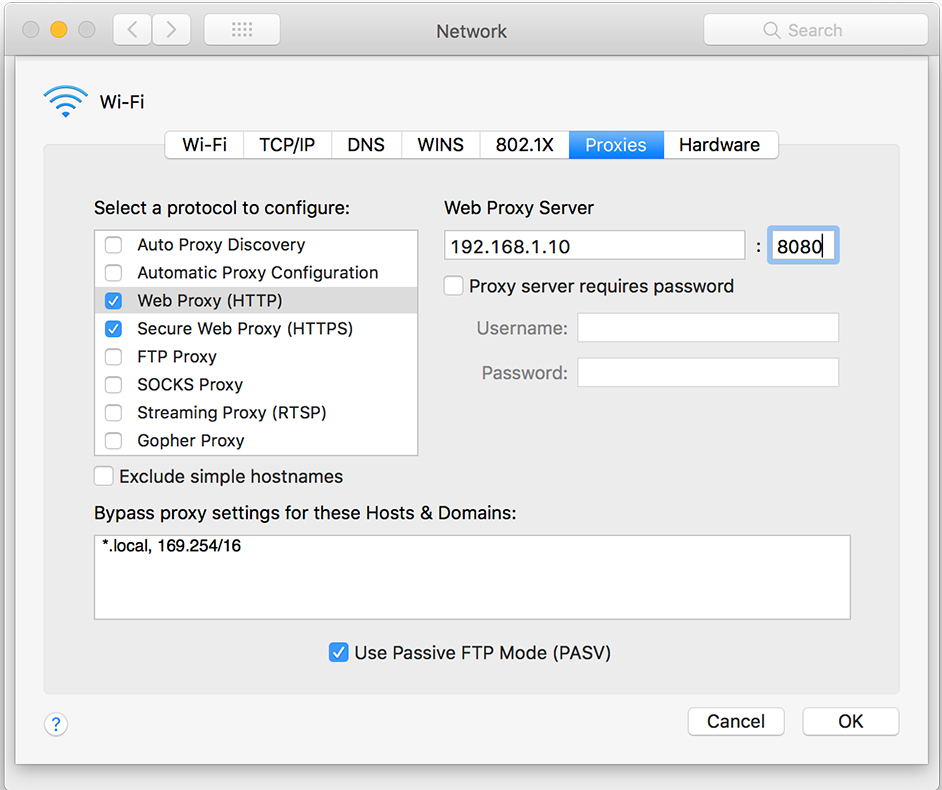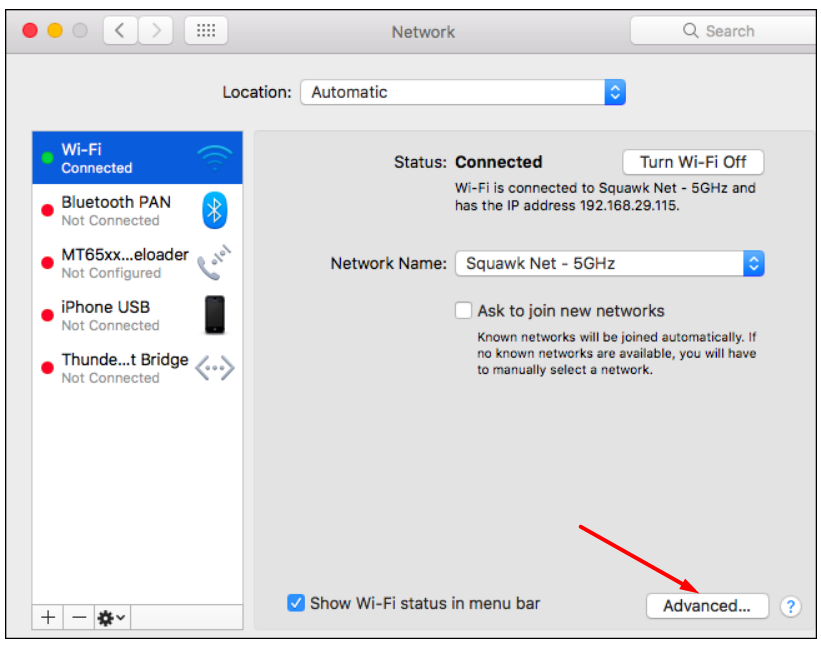


If the proxy is not enabled, the script sets httpproxy to an empty string. If the proxy is enabled, the script prints out the proxy URL and sets it as the httpproxy environment variable. Yes, Curl supports proxies via the -x or -proxy command line option. The following snippet does the trick: This script looks for HTTPEnable, HTTPProxy, and HTTPPort in the output of scutil. In some cases, a chain of proxy servers is used to provide greater anonymity on the Internet. Likewise, server responses are first returned to the proxy, which evaluates and processes them and is only sent to the end-user. When using proxy servers, all requests to the Internet first go to the proxy server, which evaluates the request, applies a set of rules to it, and then, if necessary, forwards the request to the Internet. The word "proxy" means "to act on behalf of another," and the proxy server acts on behalf of the end-user. For example, proxy servers can compress and encrypt network traffic, prevent intrusion into a local network from the Internet, and monitor employee Internet use during working hours. Proxies separate end-user clients from the websites they browse and provide multiple levels of functionality and security. What is a Proxy Server?Ī proxy server is an intermediate server (software or hardware) between the user (browser, mobile app, etc.) and the website and transfers traffic between them. When it comes to debugging network requests and APIs calls, Curl is one of the best tools out there, and it's free and open-source. Curl supports over 25+ protocols, including HTTP, HTTPS, FTP, and SFTP. Ensure to choose your current active wireless network and click on the Advanced settings. Curl is a command-line tool that allows users to transfer data over the network. Enter administrator username and password to unlock the setting for editing.


 0 kommentar(er)
0 kommentar(er)
